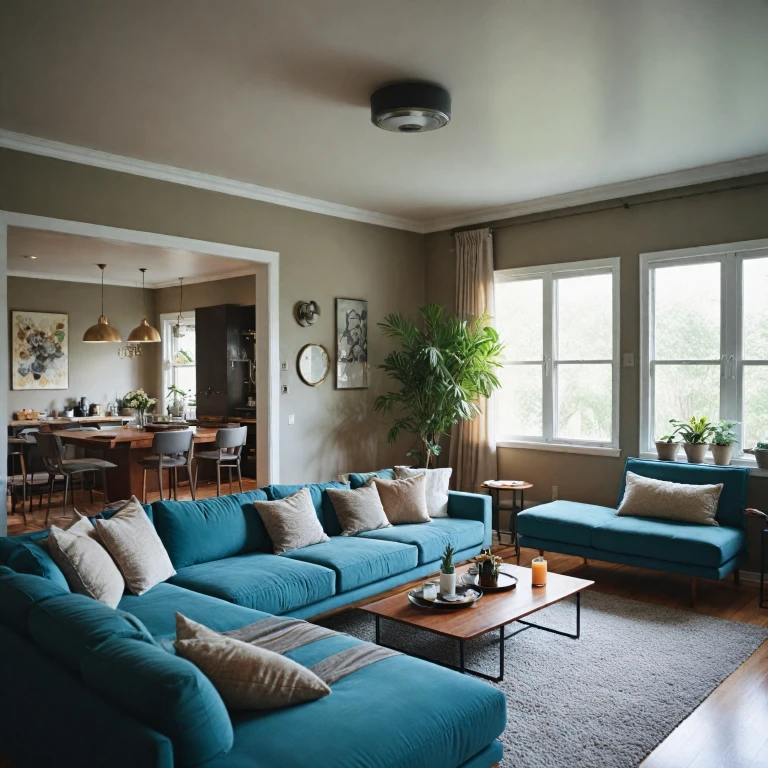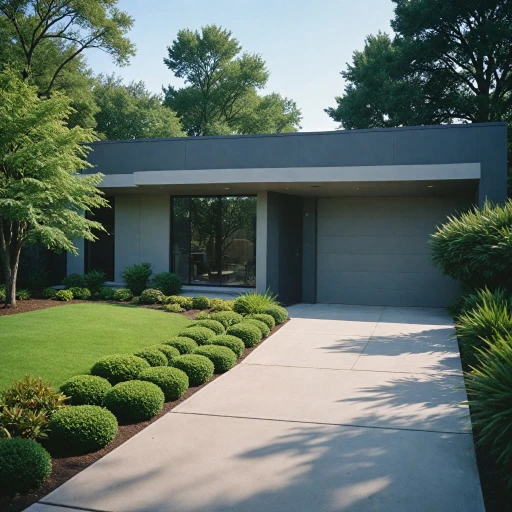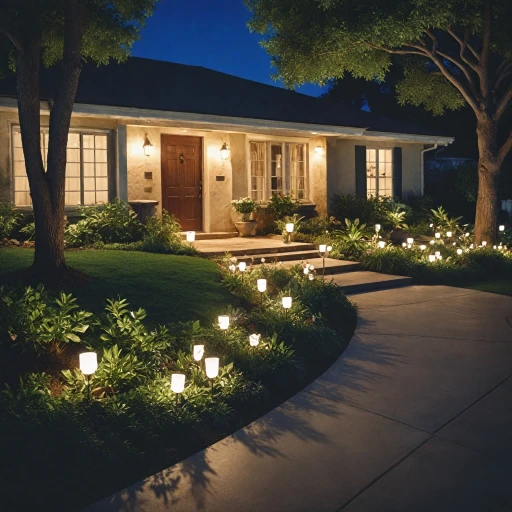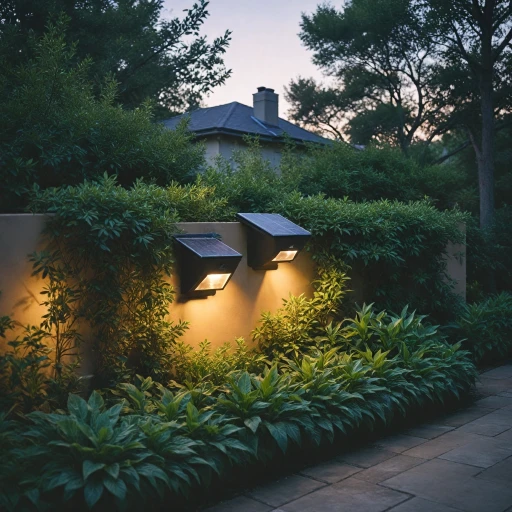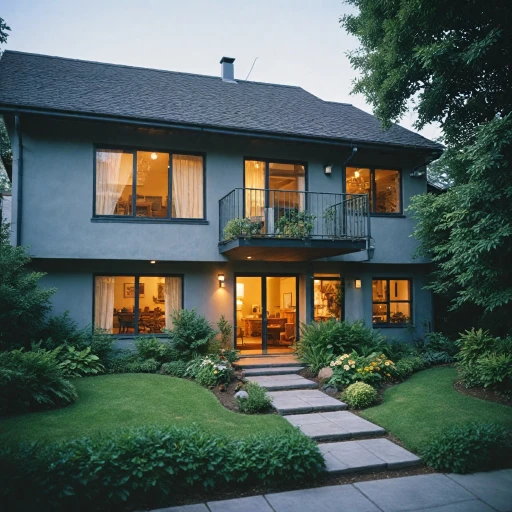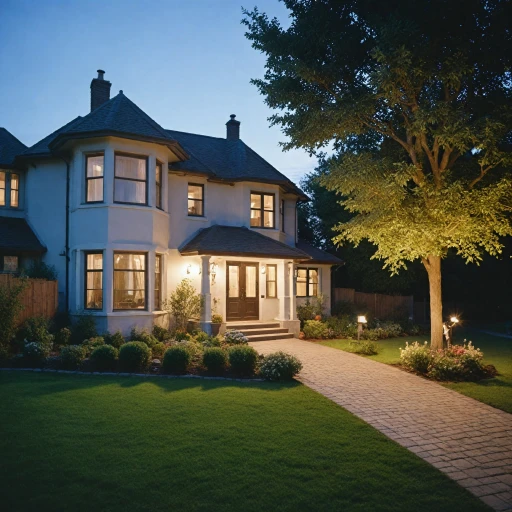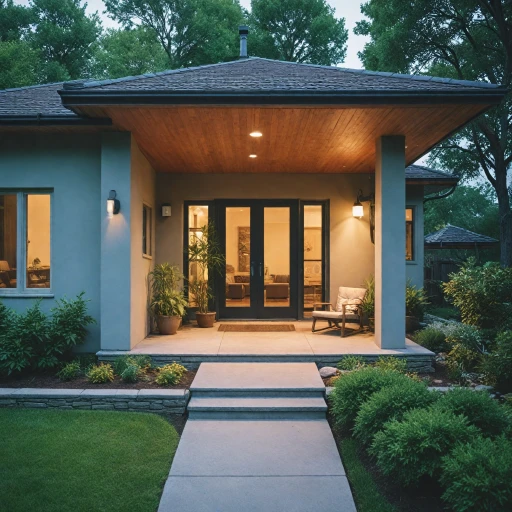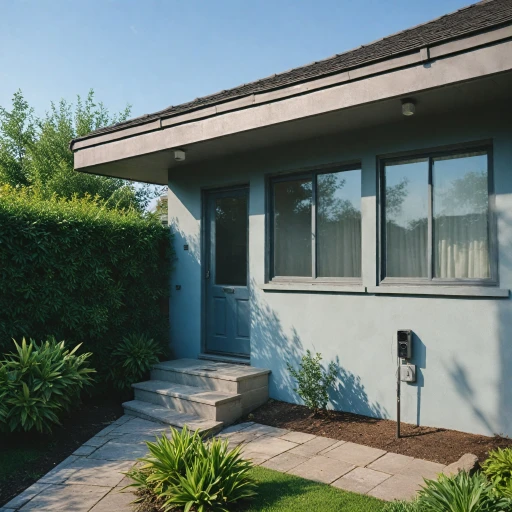Understanding Ceiling-Mounted Cameras
An Overview of Ceiling-Mounted Cameras
Ceiling-mounted cameras, often referred to as dome cameras, are a popular choice for enhancing home security. These cameras are typically installed on the ceiling, providing a comprehensive view of the area below. The camera’s ability to cover a wide angle makes it ideal for monitoring large open spaces within homes. Additionally, many dome cameras come equipped with night vision and motion detection features, ensuring round-the-clock surveillance. Choosing the right type of ceiling-mounted camera is crucial for effective security. Options range from standard cameras to more advanced PTZ cameras, which offer pan, tilt, and zoom functionalities. PTZ cameras can cover larger areas and provide versatile viewing options, making them suitable for both indoor and outdoor use. When selecting a camera, compare different products based on their capabilities. Consider features like color night vision, motion detection, and the type of mount bracket required, such as flush mounts, which offer a more discreet installation. It’s also essential to evaluate the price and check for additional perks like free shipping or compatibility with smart systems like Alexa. For those interested in exploring the various benefits of high definition options, considering an HD Cube Camera for home security might be worthwhile. Though different from traditional ceiling-mounted cameras, HD Cube Cameras offer clear video quality and efficient space usage, potentially providing security in a compact form factor. Assessment of these elements will not only assure safety but also provide peace of mind, knowing that your home is well-protected against potential threats.Benefits of Installing Ceiling Cameras
Advantages of Ceiling-Camera Installations
Ceiling-mounted cameras offer several benefits that can significantly enhance your home security system. One of the primary advantages is the broad view a ceiling installation provides. By mounting security cameras on the ceiling, homeowners can cover larger areas compared to wall-mounted options, ensuring a comprehensive surveillance perspective.
The unobtrusive nature of dome cameras makes them ideal for installation in more visible areas of your home such as entrances or living rooms. This type of camera also often includes anti-vandalism features, providing an extra layer of security and durability.
Ceiling cameras typically come with advanced features like PTZ capabilities, which allow you to adjust the camera's view remotely, ensuring optimal coverage of the desired area. Many modern products also incorporate night vision and motion detection features, enhancing their usefulness both day and night.
Considering the various types of ceiling mounts available – from flush mounts for a sleek appearance to more prominent styles for easy maintenance – choosing the right camera and mount bracket is crucial. Comparing different security cameras based on their price, night vision capability, and other features can help you make a well-informed decision.
Incorporating smart technology can also benefit your setup. Many contemporary ceiling cameras are compatible with systems that work with Alexa, allowing you to integrate them seamlessly into your smart home environment. While the initial price of these products may vary, the potential savings on insurance and the peace of mind they provide are invaluable. For more details on advanced camera technologies, you can explore the potential benefits here.
Installation Considerations
Essentials for Installing Ceiling Security Cameras
When considering an upgrade to ceiling-mounted security cameras for your home, there are critical elements to take into account to ensure optimal performance and longevity. A proper installation process not only enhances security but maximizes the camera's capabilities. Whether you are mounting in a corner, flush against the ceiling, or using a bracket, here are several key considerations:- Selecting the Right Mount: Choosing between a wall mount, ceiling mount, or flush mount can significantly influence the camera's field of view. Ceiling mounts generally offer a broad perspective, while flush mounts create a more discrete appearance.
- Position for Maximum Coverage: Position the camera to cover strategic points in your home. A dome camera on the ceiling can provide a 360-degree angle, enabling comprehensive surveillance.
- Camera Type and Features: Evaluate various products such as ptz cameras for pan, tilt, and zoom functions which are ideal for monitoring large spaces. Consider night vision features if night-time security is a priority.
- Outdoor vs. Indoor Installation: Ensure the products are designed for outdoor use if that's the intended location. Weather-resistant cameras are essential for avoiding damage that could impair functionality.
- Wiring and Connectivity: Use quality wiring for swift and secure connections. Wireless options that work with Alexa can simplify installation and integration with smart home systems.
- Budget Considerations: Balance between price product comparisons to find options with both quality features and a fair price. While some products offer free shipping, the mount type or additional features like motion detection often affect overall cost.
Choosing the Right Ceiling Camera
Selecting the Best Ceiling Security Camera for Your Needs
When it comes to enhancing home security, choosing the right ceiling camera is a crucial decision. With numerous products available, it’s essential to consider several factors to find the best fit for your needs. Here's a guide to assist you in making an informed decision:- Camera Type: Determine whether a dome camera, PTZ camera, or a fixed camera suits your requirements. Each has its own set of features, such as the PTZ camera's pan, tilt, and zoom capabilities, which provide a comprehensive view of large areas.
- Mounting Style: Decide between a ceiling mount or flush mount based on your aesthetic preference and installation space. Ceiling mounts can be more visible but offer greater flexibility, while flush mounts provide a discreet appearance.
- Image Quality: Look for products with high-definition resolution, ensuring clear and detailed images. Consider cameras with color night vision and low-light capabilities for improved performance in various lighting conditions.
- Motion Detection: Opt for security cameras equipped with advanced motion detection features. This capability is vital for early intrusion alerts and can save time by focusing only on relevant footage.
- Integration with Smart Systems: Check if the camera works with existing smart home systems, like Alexa, to enhance interconnectivity and control options.
- Price and Additional Costs: Compare different products based on price and free shipping options. Keep an eye on ongoing sales for a low price, but also consider long-term costs like cloud storage subscriptions.
- Indoor vs. Outdoor Use: If you need an outdoor camera, make sure it is weather-resistant and can handle environmental elements.
Integrating Ceiling Cameras with Smart Home Systems
Integration with Smart Devices
Integrating ceiling-mounted security cameras with smart home systems can significantly enhance your security setup, providing added convenience and control. Here's how you can ensure a seamless integration:- Compatibility: Before investing in a ceiling mount camera, ensure it is compatible with your existing smart home ecosystem. Look for devices that work with platforms like Alexa or Google Home to manage your security with voice commands.
- Smart Features: Modern security cameras often offer features such as motion detection and night vision. When integrated correctly, these features can trigger notifications to your smartphone or smart device, alerting you about any suspicious activity.
- Automation: Leveraging smart technology, you can automate certain tasks. For example, set your cameras to automatically arm when you leave your home or disarm upon arrival.
- Centralized App Control: Having a centralized app that controls all smart home devices, including ceiling cameras, adds convenience. Ensure the camera product comes with a reliable app that allows for a quick view of live feeds and stored footage.
- Seamless Integration with Other Security Devices: Pairing your camera with other security devices like alarms and outdoor lights enhances overall security. With motion detection, your lights can automatically activate when motion is detected.
Maintenance and Troubleshooting
Regular Maintenance for Optimal Performance
Keeping your ceiling-mounted security cameras in top shape is essential for ensuring they provide the best protection for your home. Regular maintenance can help prevent issues that might compromise your security. Here are some key tips:
- Clean the Lenses: Dust and debris can accumulate on the camera lenses, affecting the quality of the view. Use a soft, lint-free cloth to gently clean the lenses.
- Check Mount Stability: Ensure the ceiling mount or flush mount brackets are secure. Loose mounts can cause the camera to shift, leading to poor coverage.
- Inspect Wiring: Regularly check the wiring for any signs of wear or damage, especially if your cameras are wall-mounted or outdoor. Damaged wires can lead to connectivity issues.
- Test Motion Detection: Periodically test the motion detection features to ensure they are functioning correctly. This is crucial for cameras with night vision or color night capabilities.
Troubleshooting Common Issues
Even with regular maintenance, you might encounter some issues with your ceiling cameras. Here are a few common problems and their solutions:
- Blurry Images: If your images appear blurry, it might be due to dirty lenses or a misaligned camera. Clean the lenses and check the camera alignment.
- Connection Problems: If your camera loses connection, ensure that your Wi-Fi signal is strong and that the camera is within range. For outdoor or wall-mounted cameras, consider using a Wi-Fi extender.
- False Motion Alerts: Adjust the sensitivity settings of your motion detection to reduce false alerts. This is especially important for PTZ cameras with advanced detection features.
- Night Vision Issues: If night vision isn't working properly, check the infrared lights and ensure there are no obstructions.
When to Seek Professional Help
While many issues can be resolved with basic troubleshooting, there are times when professional assistance is needed. If your camera consistently fails to function, or if you notice any physical damage to the product, it's best to contact the manufacturer or a professional technician. This is particularly important for high-end products like PTZ cameras or dome cameras with complex features.
By maintaining your ceiling-mounted security cameras and addressing issues promptly, you can ensure that they continue to provide reliable security for your home.
